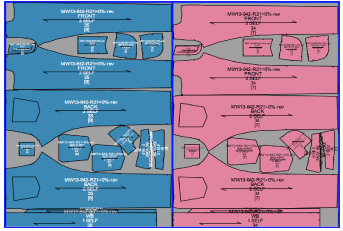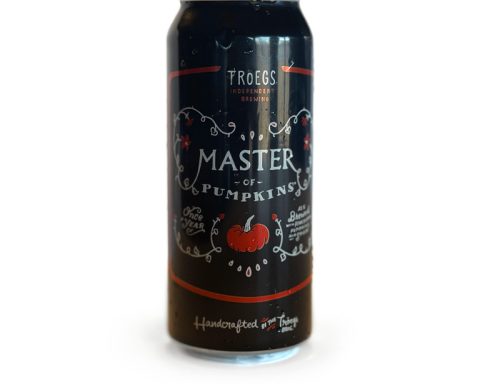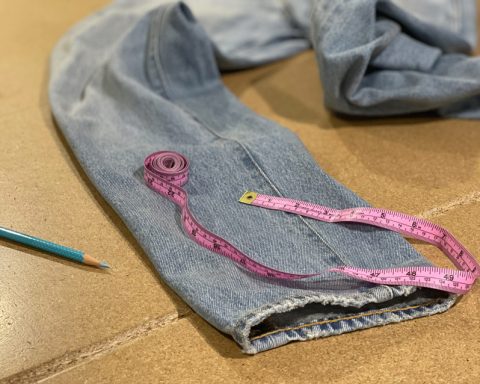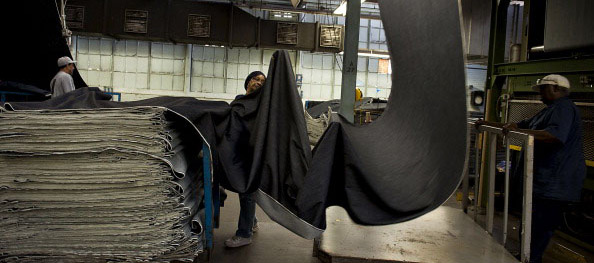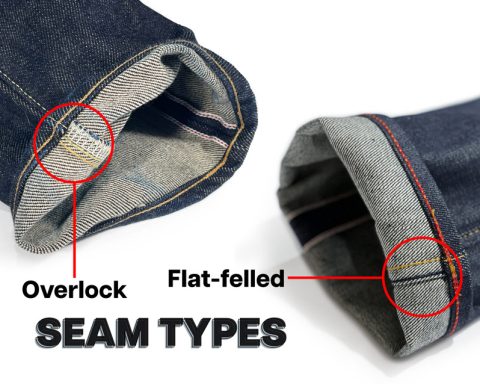Here is everything you need to know without going into great detail about raw denim’s history or production. Raw denim fabric must first be understood in order to understand what raw jeans are.
Raw denim is simply denim fabric that has not been washed, dyed, soaked, or otherwise exposed to water.
Raw denim is simply denim that has not been washed, colored, soaked, or otherwise exposed to water after the weaving process. What makes denim “raw” has nothing to do with its color, weight, maker, dye, or the fact that it is selvedge or not.
Raw denim is also called dry or hard denim, but it shouldn’t be confused with selvedge denim, which it often is. In the image below, you can see examples of the two different types of raw denim fabric used to make denim clothing. The most common type of denim among denim enthusiasts is selvedge, which refers to the weaving process of the fabric. It has clean-self finished edges or “self-edge” which are used in finished garments by cutting selected pattern parts to the edge of the fabric. Wide goods or non-selvedge denim (pictured in the foreground) is woven with frayed edges which are discarded after cutting.
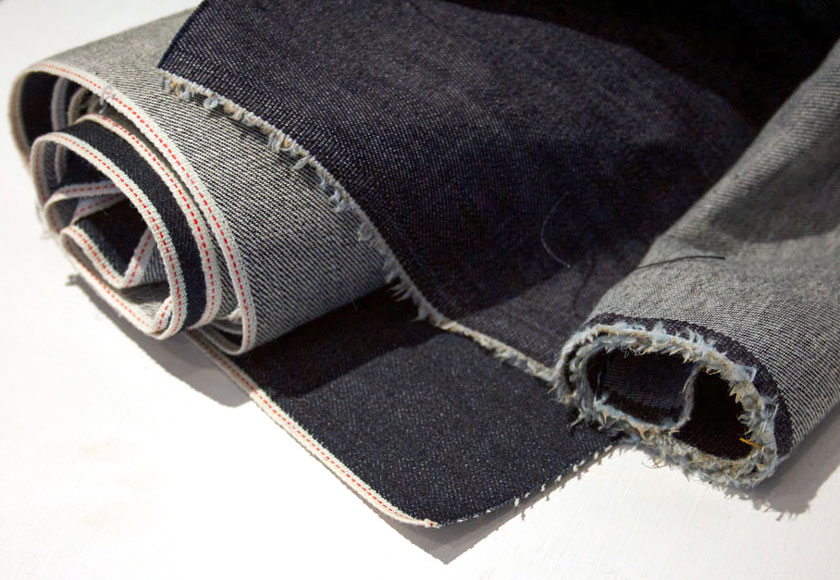
Is selvedge better quality denim?
Don’t be fooled by the name selvedge into believing it’s better denim. Quality standards, like other items, will vary depending on the provider. Both selvedge and non-selvedge denims are manufactured in varying grades. Frequently, mass producers of low-cost jeans use suppliers who are not known for producing high-quality denim. Do your homework since some mass-market brands will leverage the cache of mills recognized for creating premium denim to make cheap denim that looks the part.
Why is selvedge denim more expensive?
For fabric mills, weaving selvedge denim is more expensive. For brands, the cost of manufacturing garments produced with selvedge denim is higher. As a result, selvedge denim products typically sell at higher costs within a brand’s style assortment.
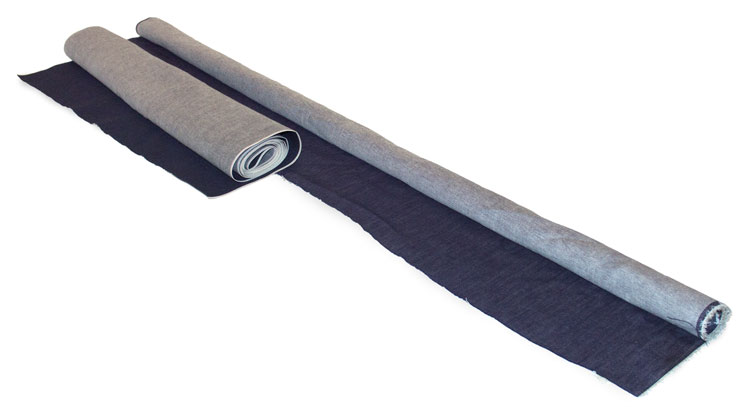
Within a brand’s style range, selvedge denim jeans are more likely to be more expensive than non-selvedge models: To begin, unlike non-selvedge denim, which can range from 57″ to 64″ wide, selvedge denim is narrower, ranging from 28″ to 34″ in width. This means that a pair of selvedge jeans may require roughly double the amount of fabric as a regular pair of jeans. The pricing of the fabric is the second factor to consider. Selvedge costs a few dollars extra per yard (depending on the supplier) because it is typically woven on older, slower looms that create fabric with a high rate of flaws, whereas modern looms make wider (non-selvedge) denim with fewer faults at faster speeds.
The images below show “Markers” for jeans. Markers are patterns for each size range that are printed on paper and used by the cutter to trace the cut on the fabric. The pattern pieces on the Markers are arranged to minimize fabric waste. Selvedge Markers are shown in the top image, and non-selvedge Markers are shown in the bottom image. This example shows two pairs of jeans cut on the narrower selvedge denim would require nearly 6 yards of fabric, while two of the same sizes cut on the wider non-selvedge would use about 2 1/2 yards of fabric.

